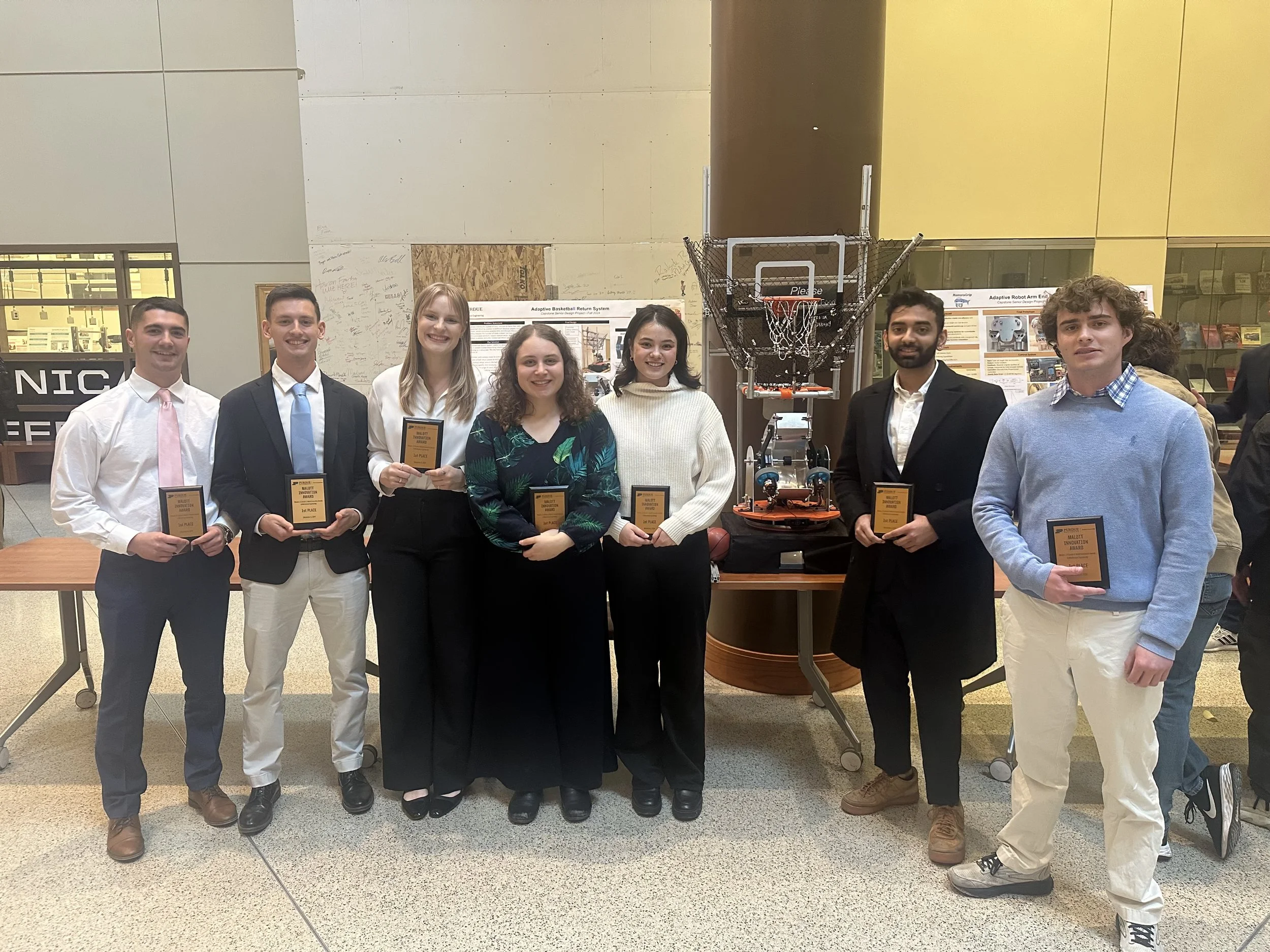"Fast error detection method for additive manufacturing process monitoring using structured light three dimensional imaging technique" (2025)
/Abstract
This paper presents a novel method to speed up error detection in an additive manufacturing (AM) process by minimizing the necessary three-dimensional (3D) reconstruction and comparison. We develop a structured light 3D imaging technique that has native pixel-by-pixel mapping between the captured two-dimensional (2D) image and the reconstructed 3D point cloud. This 3D imaging technique allows error detection to be performed in the 2D image domain prior to 3D point cloud generation, which drastically reduces complexity and computational time. Compared to an existing AM error detection method based on 3D reconstruction and point cloud processing, experimental results from a material extrusion (MEX) AM process demonstrate that our proposed method significantly increases the error detection speed.



